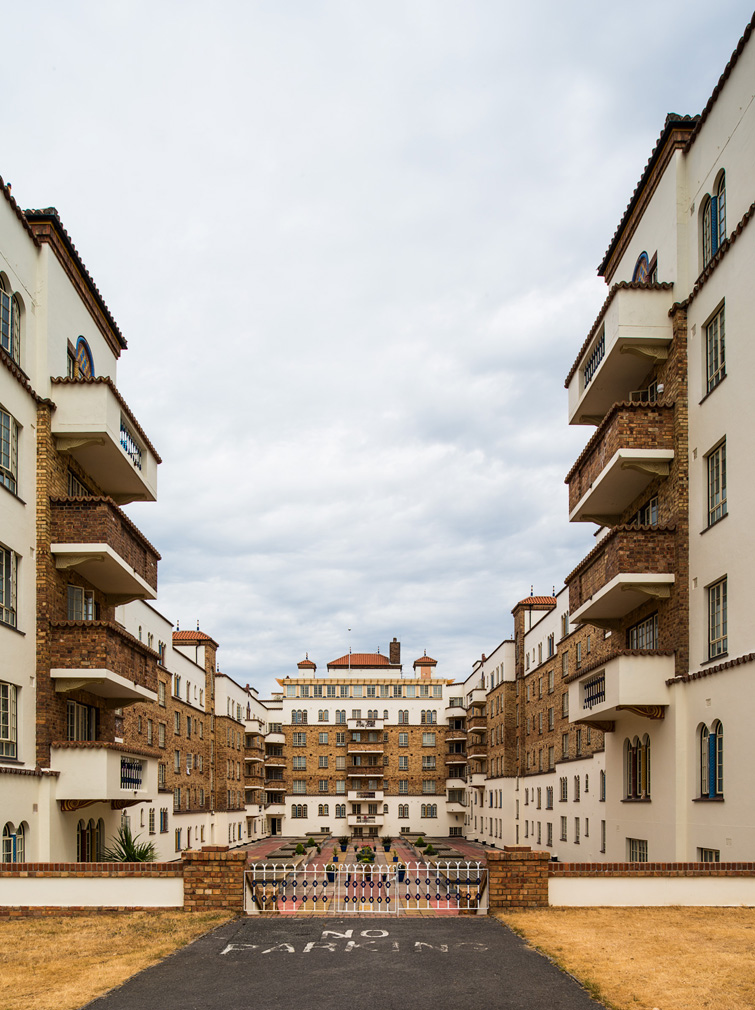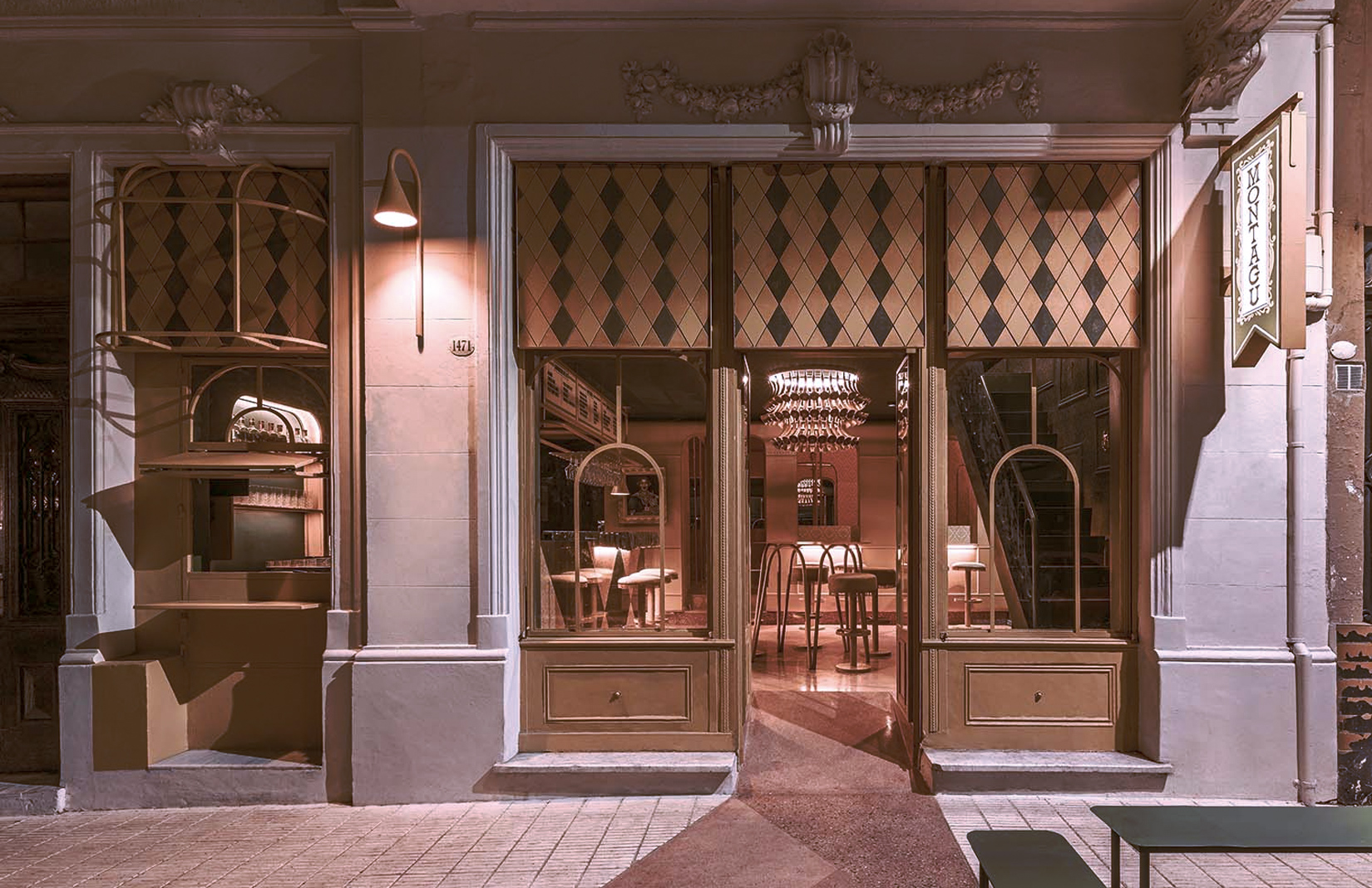The Art Deco movement is laid bare in the latest tome by architectural historian Elain Harwood, who goes inside of the UK’s best surviving designs.
Art Deco Britain delves into the movement, which began in the 1920s in response to post-WW1 prosperity and as a celebration of luxury, glamour and modernity. Its popularity in the UK aligned with the leisure boom, explaining the number of hotels, cinemas, leisure centres and theatres that were built in the style.

San Remo Towers in Bournemouth by architect Hector O Hamilton (1936-38). Photography: Elain Harwood (c) 2019

St Christopher in Liverpool by architect Bernard Miller (1930-32). Photography: Elain Harwood (c) 2019

Carreras Cigarette Factory or Greater London House in London, by architects M E Collins, O H Collins & A G Porri (1926-28). Photography: Elain Harwood (c) 2019

Cambridge University Library by architect Giles Gilbert Scott (1934). Photography: Elain Harwood

Nearly a century on, Harwood says, ‘I thought it was time to go back to the roots of the interwar period and show why so many of its buildings are so good.’
The book demonstrates the scope of the Art Deco movement and its pioneering architects, who built everything from private homes to factories, from churches to office buildings, from cafés to cinemas.

‘What I love is that there was something for everyone,’ says Harwood. ‘From the very grand, luxurious designs of Claridges and the Park Lane Hotel, to simple cafés and shop fronts. I particularly love the cinemas – from the mad Gothic of the Tooting Granada to the smooth lines of the Apollo, Ardwick and Odeon cinemas across the country. Anyone could go to the pictures for a few pence, and enjoy warmth and luxury for a few hours.’

As well as a celebration, the book is also a warning against complacency. Many of these historic buildings have fallen into disrepair and are threatened with demolition. ‘Young enthusiasts are more likely to be campaigning for brutalism and even post-modernism,’ says Harwood, ‘but support for Art Deco is as widespread as that for buildings of earlier periods; it has come of age.’
Art Deco Britain by Elain Harwood is out now published by Pavilion Books
Photographer Soo Burnell makes a splash with series ‘Poolside’























